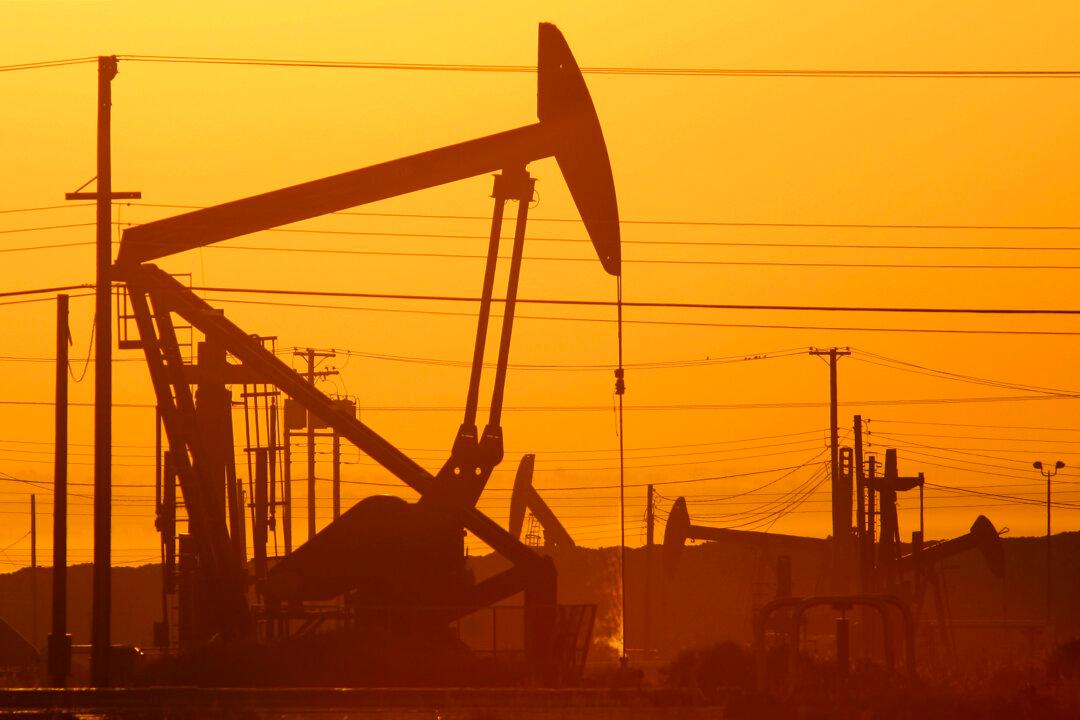This is the highest weekly gas stockpile addition in nearly two years. A buildup in gas inventories can happen due to several factors such as an increase in production or a decline in demand.
This could change over the next four years as the Trump administration has taken several measures to boost natural gas production in the United States.
The council “will advise President Trump on strategies to achieve energy dominance by improving the processes for permitting, production, generation, distribution, regulation, and transportation across all forms of American energy,” according to a White House fact sheet.
The first mission of the council is to devise a strategy that cuts federal regulation, advances innovation, and boosts investments from the private sector.
The executives “are eager to unleash American energy after four years of Biden’s radical climate regulations,” said White House spokesperson Taylor Rogers, adding that the president reaffirmed his commitment to restoring America’s energy dominance.
At present, there are eight operational LNG export terminals in the country, all of which are in Louisiana or Texas.
Promoting Natural Gas Development
In an April 29 statement, Secretary of Energy Chris Wright highlighted the Trump administration’s achievements in the energy sector during the first 100 days of the administration.To boost the natural gas sector, the administration instituted several measures, including a reversal in a Biden-era pause on LNG exports, discussions to advance the Alaska Gas Pipeline and Alaska LNG Project, removal of regulatory barriers to the use of LNG as marine fuel, and removal of regulatory barriers thwarting LNG export extensions.
Natural gas prices have been rising this week after an April 28 EIA analysis revealed that the country’s gas inventories in underground storage had ended the recent winter season at a three-year low.
In January and February, much of the United States experienced “colder-than-normal temperatures,” due to which more natural gas was used by consumers and more withdrawals were made from the country’s natural gas storage.
“By the end of March, the least amount of natural gas was held in U.S. underground storage in the Lower 48 states since 2022, with inventories 4% lower than the previous five-year average for that time of year,” the report said.
Lower 48 refers to the contiguous United States, excluding the states of Alaska and Hawaii.
Since more stocks were drawn out from storage than average this winter season, EIA is expecting “higher natural gas prices this year.”







